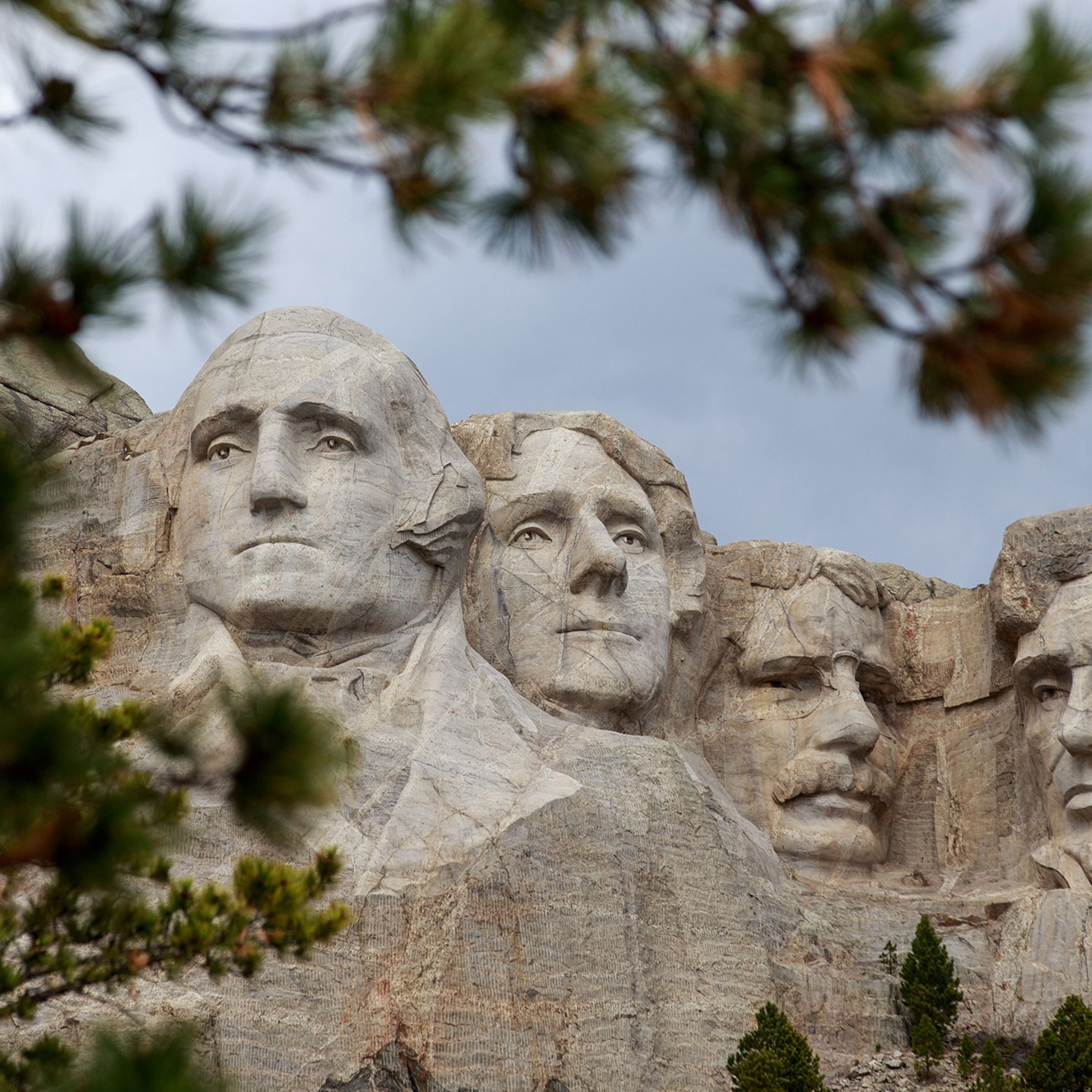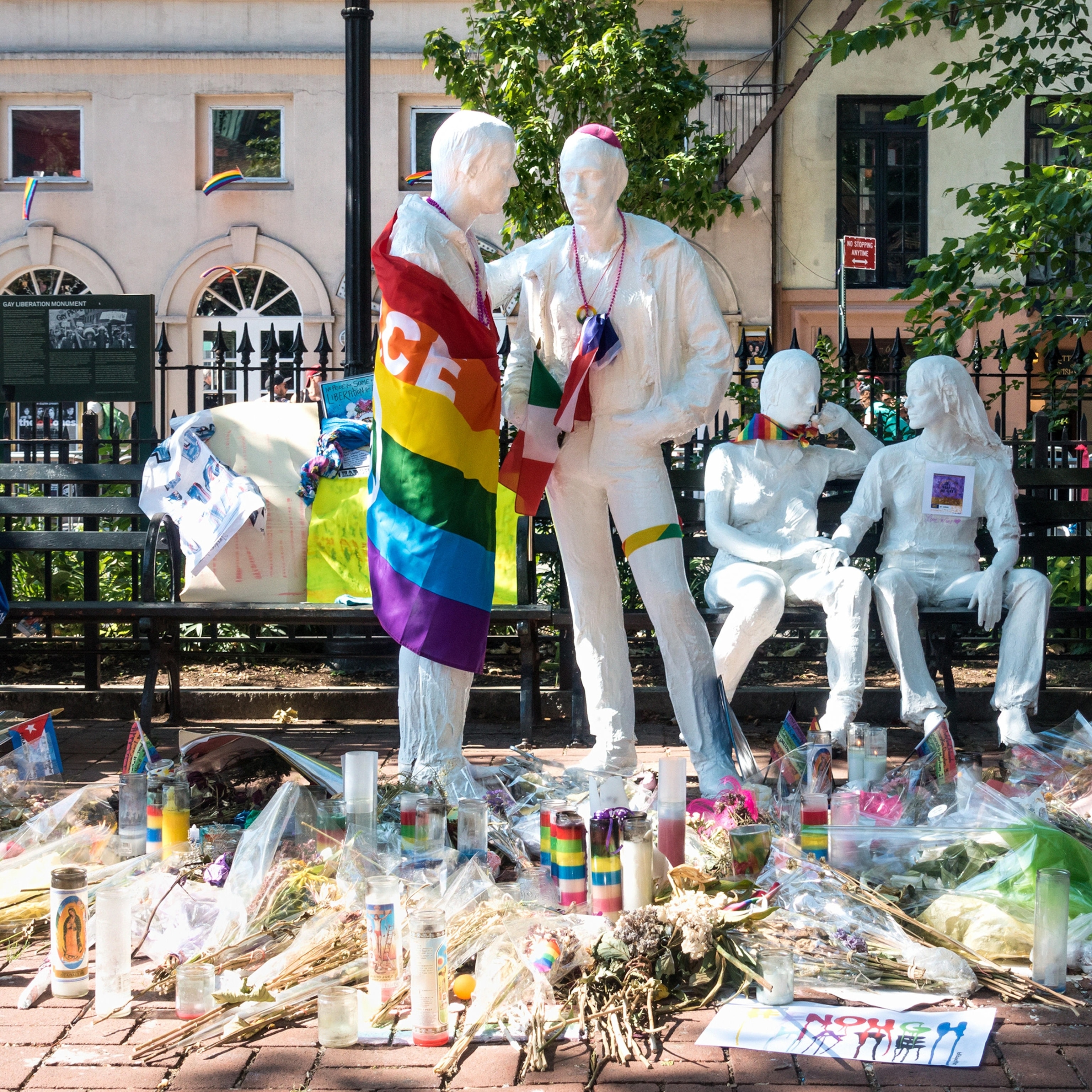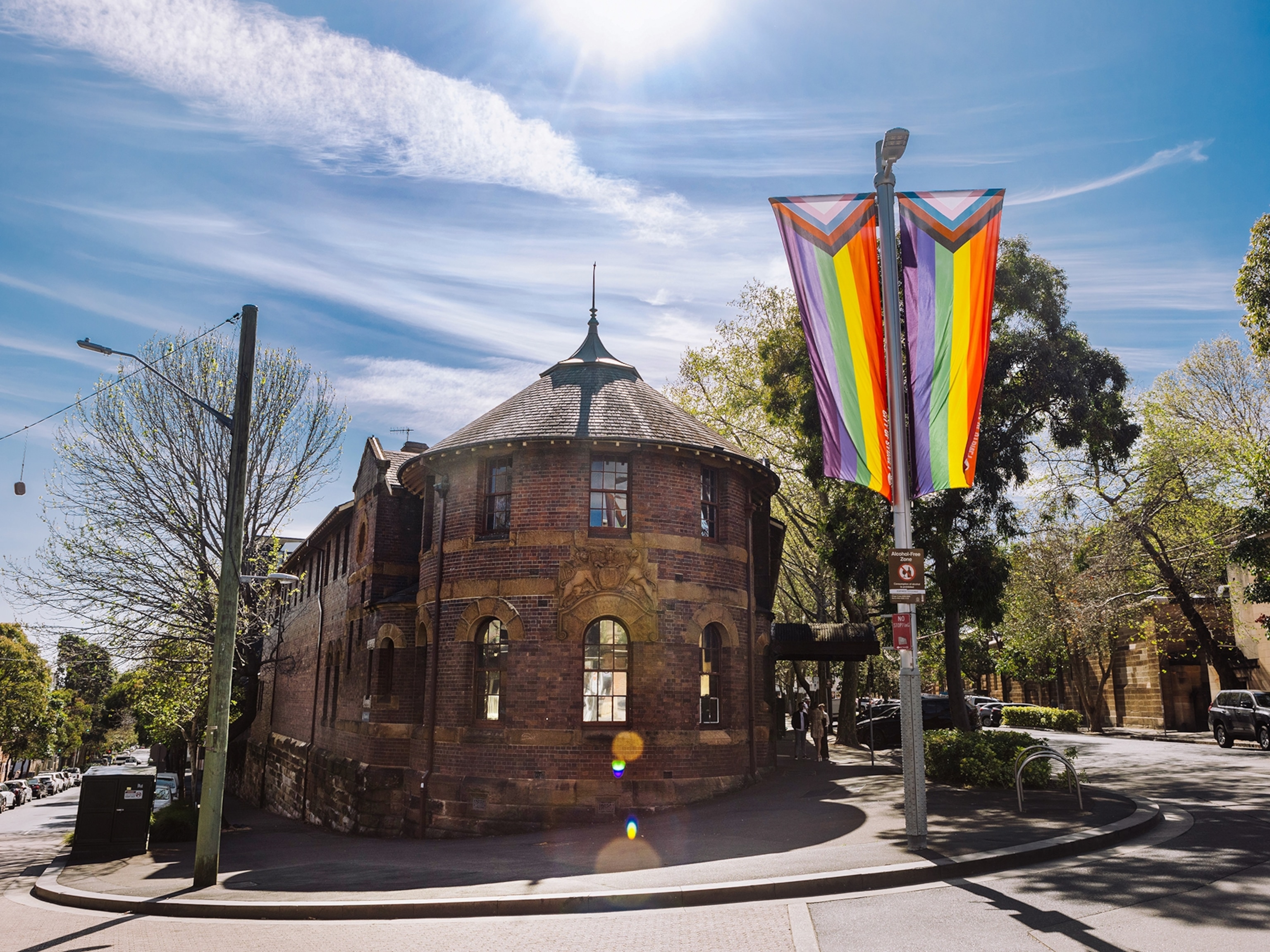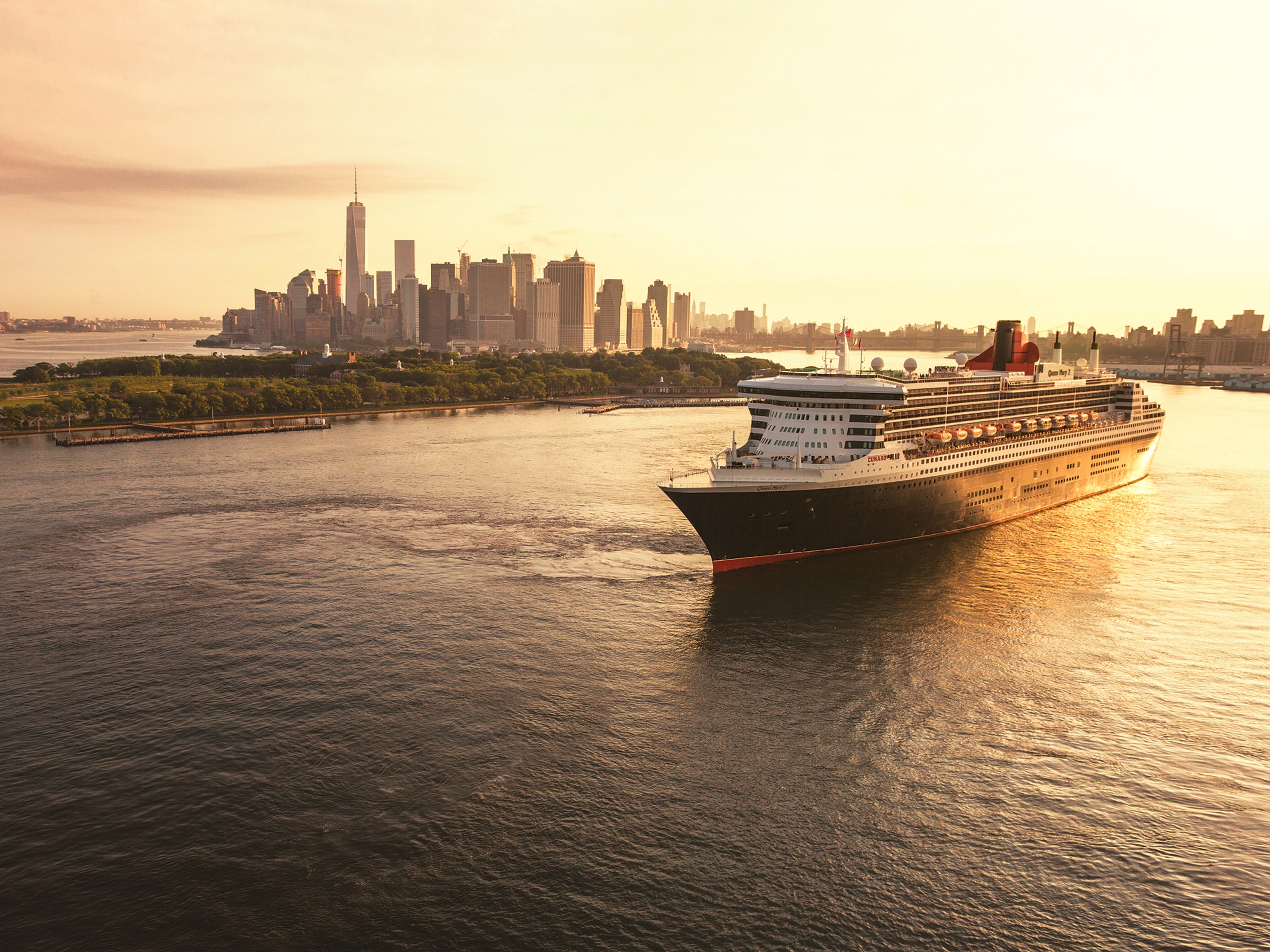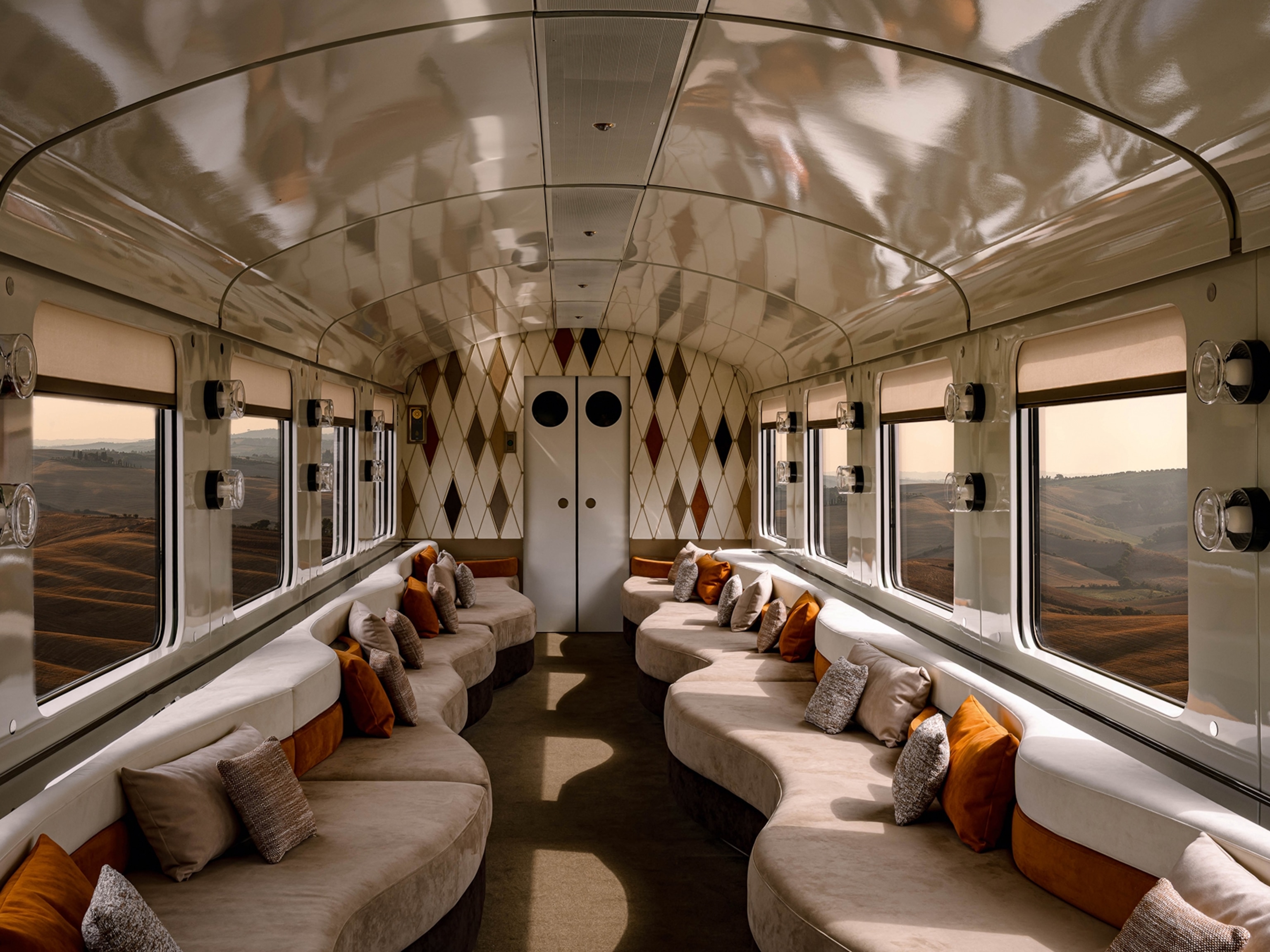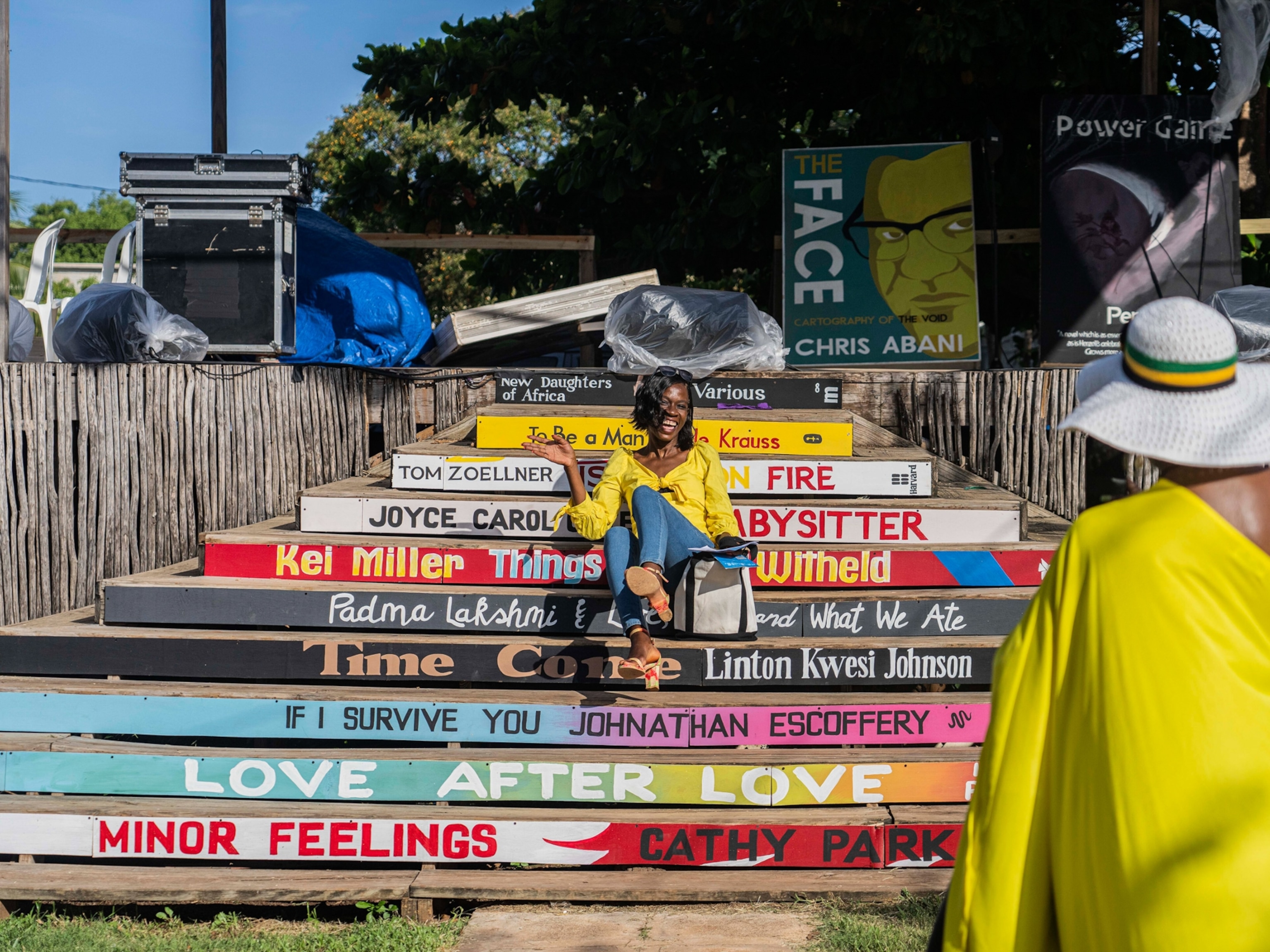
These monuments honor LGBTQ history around the world
From Amsterdam to Australia, visit eight places where Pride is permanently memorialized.
This June marks the 50th anniversary of New York City’s Stonewall riots, the June 1969 uprising that galvanized the LGBTQ rights movement in the United States and beyond. In 2016, former U.S. President Barack Obama recognized the Stonewall Inn and Christopher Park as a National Historic Landmark—the first in the U.S. National Park System to commemorate the struggle for LGBTQ rights. Each year, Pride month honors those who stood at Stonewall, as well as countless others who have fought for equality throughout history.
But beyond the rainbow-themed summer parties, parades, and marches that usher in the June festivities (here’s where to celebrate Pride month), the rich and complex stories of LGBTQ history are honored at permanent sites around the world. Make plans to visit these eight monuments to a heroic heritage.
The Memorial for LGBT Victims of the Nazi Persecution
Tel Aviv, Israel
In 2013, Tel Aviv unveiled a memorial honoring LGBTQ victims of the Holocaust—the first in the country to commemorate both Jewish and non-Jewish victims. Located outside the LGBTQ Community Center in Gan Meir (Meir Park), the memorial is composed of three pink benches that form a triangle. Once used to identify gay men in Nazi concentration camps, the pink triangle has been reclaimed as a symbol of LGBTQ pride, resilience, and resistance. Each bench is engraved in Hebrew, English, and German: “In memory of those persecuted by the Nazi regime for their sexual orientation and gender identity.” Travel tip: Head to Tel Aviv Pride in June, a celebration featuring a beachside parade and massive dance party at Charles Clore Beach.
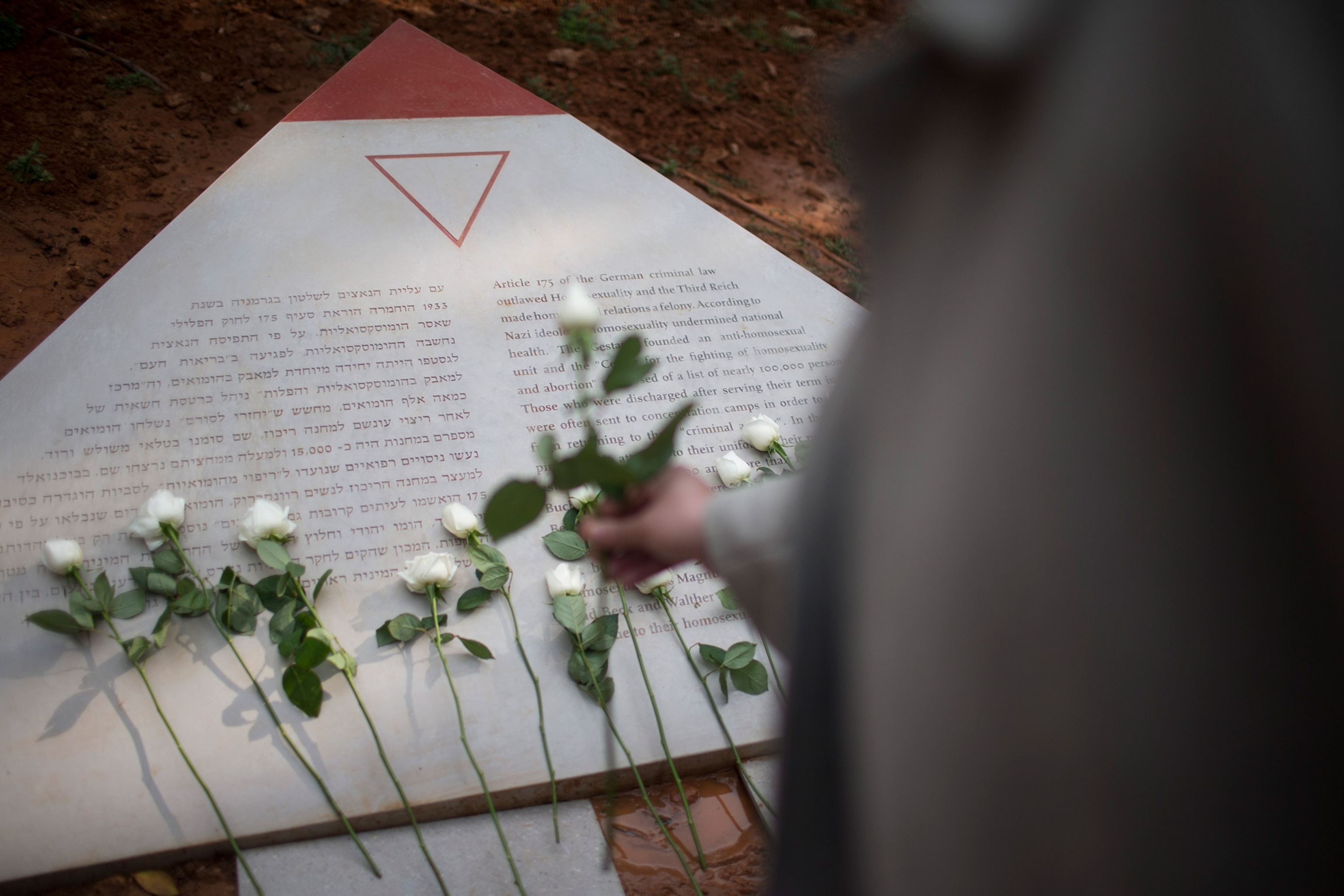
Alan Turing Memorial
Manchester, England
In Manchester’s Sackville Gardens, a life-size, bronze statue of Alan Turing reclines on a park bench. A war hero, acclaimed mathematician, and pioneer in computing, Turing helped crack the Enigma code—an accomplishment that ultimately led to an Allied victory in World War II. Turing was arrested for “gross indecency” in 1952 and chemically castrated via forced hormone injections. He was one of tens of thousands of gay men victimized under British law. Turing died by poisoning two years later—a presumed suicide. His memorial was built in 2001, and in 2013, he received a posthumous royal pardon. Travel tip: Explore Manchester during the Sparkle Weekend in July, one of the largest transgender and gender nonbinary celebrations in the world.
Memorial to Homosexuals Persecuted Under Nazism
Berlin, Germany
Thousands of gay men were imprisoned in concentration camps in Nazi Germany, where many died of disease, starvation, torture, and targeted killings. In 2008, Berlin commissioned a monument to remember the victims and to establish a symbol against intolerance. The concrete cube structure pays tribute to the architectural vision of the nearby Memorial to the Murdered Jews of Europe, with the addition of a small window through which visitors can watch a short film depicting a same-sex kiss. Travel tip: Don’t forget a trip to the Schwules Museum (Gay Museum) for an extensive look at Berlin’s queer history.
The Legacy Walk
Chicago, Illinois
Stretching half a mile across the North Halsted corridor, the Legacy Walk is an outdoor history museum showcasing significant moments in LGBTQ history. Thirty-seven bronze markers recognize a different person or event, and each features a QR code that visitors can scan for a more detailed biography or video. Since the first plaque was dedicated on National Coming Out Day on October 11, 2012, additional plaques have been added annually. A new Visitors’ Center is scheduled to open in 2019, which will include a gift shop and museum. Travel tip: Visit during Northalsted Market Days in August for the largest street festival in the Midwest. The festivities include live music, DJs, and dancing in Chicago’s Boystown neighborhood.
Gay and Lesbian Holocaust Memorial
Sydney, Australia
In Darlinghurst’s Green Park, a triangular prism is pierced by a grid of steel columns—collectively they form a fractured Star of David. Installed in 2001 near the Sydney Jewish Museum, the pink-enameled exterior of the Gay and Lesbian Holocaust Memorial is etched with images of victims from the Sachsenhausen Concentration Camp in Germany. The inscription reads: “Nothing shall purge your death from our memories.” Travel tip: In February and March, honor past and present activists at the Sydney Gay and Lesbian Mardi Gras—the largest LGBTQ celebration in the Southern Hemisphere.
Pink Triangle Monument
Sitges, Spain
Sitges, a small coastal town southwest of Barcelona, is well known for its beautiful beaches, world-class restaurants, and notable museums. The town has long been home to a flourishing LGBTQ community, but in 1996, the policing of beaches at night, specifically targeting gay men, sparked public outcry and subsequent riots. To mark the 10th anniversary, the bright, inverted Pink Triangle Monument—the first LGBTQ monument in Spain—was erected in 2006 with the inscription: “Sitges against homophobia—Never again.” Travel tip: Visit during Sitges Bears Week in September, one of the most popular bear festivals in all of Europe, to admire men of all sizes.
Homomonument
Amsterdam, Netherlands
Unveiled in 1987 and considered the first public monument honoring the LGBTQ community, the Homomonument is composed of three granite triangles located in the heart of Amsterdam. The site commemorates those killed by Nazis during World War II, and all LGBTQ people who still face persecution by oppressive governments. Travel tip: Plan your visit during one of Homomonument’s open-air dance parties, which are scheduled throughout the year. Travelers can also deepen their understanding of Amsterdam’s LGBTQ history with a two-hour walking tour every Friday at 3 p.m.
Frankfurter Engel
Frankfurt, Germany
Standing near St. Peter’s Church in the center of a cross-shaped square, a bronze angel sculpture remembers the victims of the Third Reich. Built in 1994, the statue’s German inscription reads: “Homosexual men and women were persecuted and murdered during National Socialism. The crimes were denied, the murders hidden, the survivors judged and despised. We remember this, in the awareness that men who love men and women who love women still face persecution.” Travel tip: Get into the holiday spirit every December during Frankfurt’s annual Christmas Markets. Don’t miss the LGBTQ-popular “Pink Christmas Market” at Friedrich-Stoltze-Platz.
- National Geographic Expeditions
